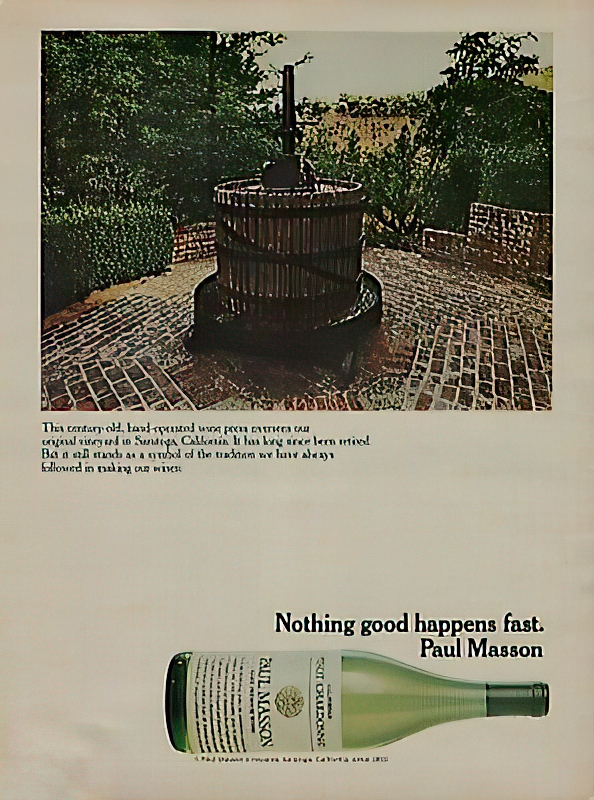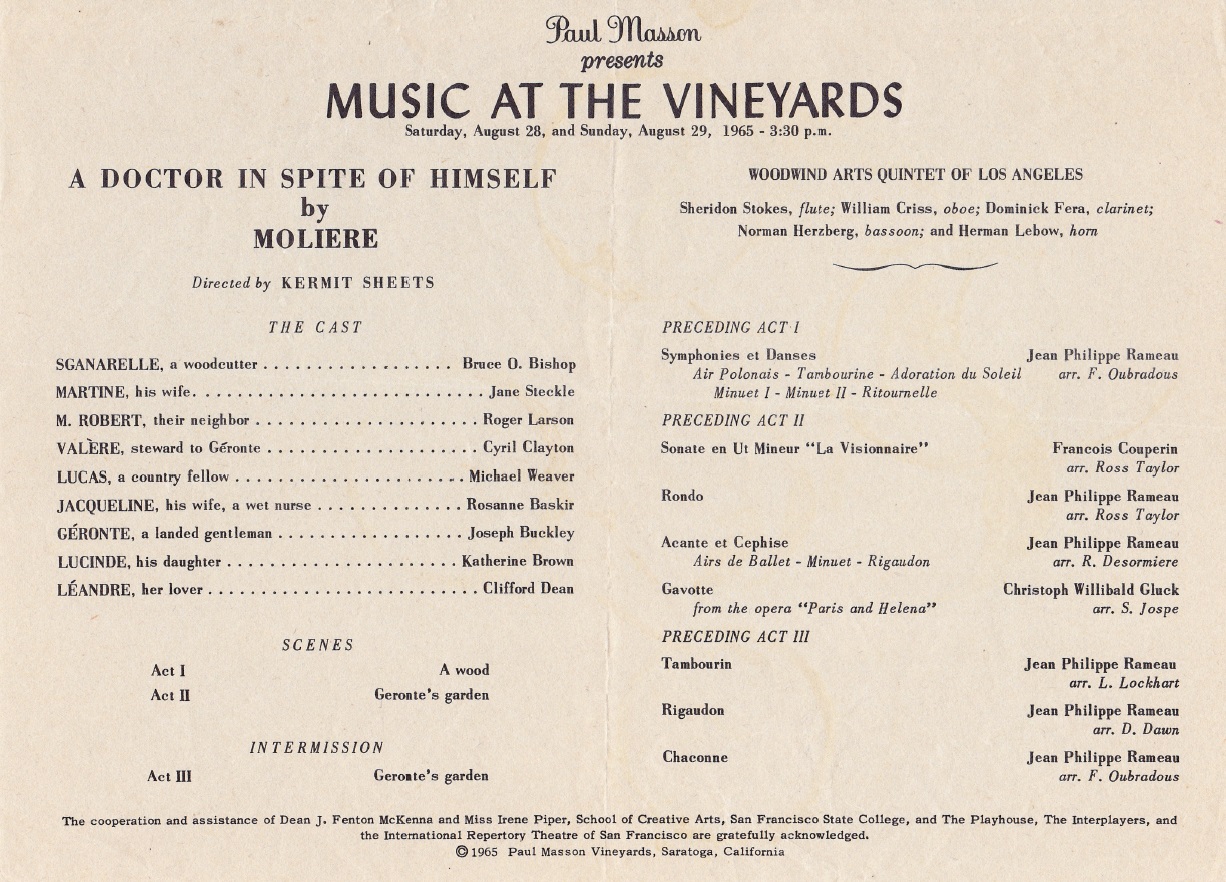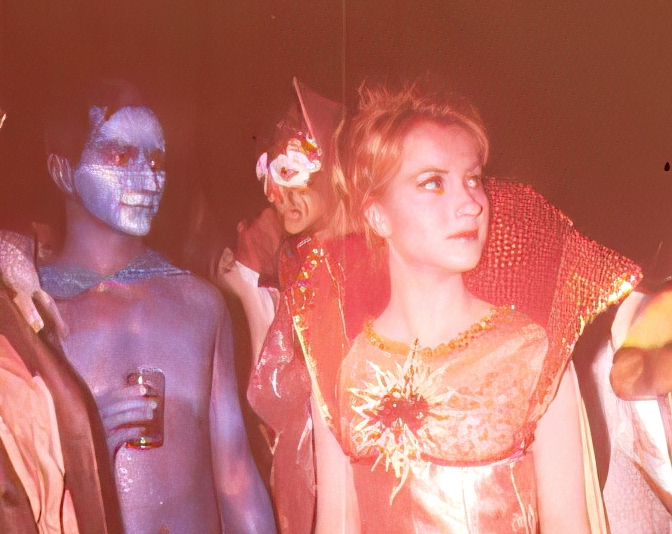This month's Galactoscope features a mixed bag of mixed bags: one Ace double and one Gamma that barely manages a solitary single…

By Jason Sacks
We, the Venusians, by John Rackham
I picked up the latest Ace Double Novel at my local Woolworth's the other day, and had to share my opinions of the two novels with my fine science fiction friends.
On one side of the double was the deliriously wacky cover shown below, which actually is a scene in John Rackham's meandering but intriguing new novel. By my reckoning, this is at least the third Ace double this prolific author has delivered over the last two years, and though I haven't read either Watch on Peter or Danger from Vega yet, this slim novel – a true Ace double at 137 pages – makes me want to try them out too.

The main character of We, the Venusians is Anthony Taylor, a man who feels himself out of place on a future version of Earth. Though the timing of that future isn't revealed in the novel, it's clear he lives in a bit of a dystopian world. Advertising is pervasive and unavoidable, commerce and greed rule the world, and the arts are trivialized and mocked.
This all matters because Taylor is an accomplished musician and the owner of a small club in which he plays Liszt, Schubert, Bach and the other classical artists to an ever-diminishing tribe of listeners. He is truly a man on the outside of his time. That's why he has a mixed reaction when a strange man wanders into Taylor's club and offers an obscene amount of money to travel to the Terran colony on Venus to play music, Taylor is both intrigued and repulsed by the opportunity. He is intrigued by chance to get rich quick and the chance to make a new start. Taylor is also repulsed by the idea because he has a secret he fears will be revealed on his new home: though his skin appears human color, he is actually a Greenie, a green-skinned Venusian native.
Through a series of plot machinations, Taylor does end up journeying to Venus along with two other musicians, one of whom, named Martha Merrill, is a beautiful woman who possesses an unbelievable singing voice. They also discover that the human colonists have enslaved thousands of apparently mindless Greenies to do menial labor in order to keep the colony buzzing along. Taylor and Merrill escape the human domes into the native lands, and both performers literally go native – Martha is also secretly a Venusian.
Though Merrill soon dies, Taylor finds his destiny among his own people and ends up becoming a force for revolution among his adopted people against the colonists.
One of the most intriguing elements of the book is the beans which grow on Venus and provide nutrition and energy for the people living there. While the Venusians protect their precious resource carefully, the humans try to exploit the beans and export the incredibly valuable food back to Terra. This element of the plot had an intriguing post-colonial feel to it. It's easy for the reader to substitute tobacco or silk as the exploited resource in our own history. It's a smart choice by Rackham to bring in that idea, as it adds resonance and contrast to the human/greenie struggle.
We, the Venusians is full of interesting ideas, from its resonances to the Civil Rights movement of today to its treatment of Indians in the west to the ways pop music overwhelms classics. Rackham keeps his story focused on character, and that keeps the reader involved in this novel. I enjoyed reading how Anthony Taylor grows and changes as this book goes along, and that growth gives this book a lot of its energy.
That said, the book rambles and wanders a bit too much and seems to frequently lose its focus. I know it's anathema to us fans of Ace doubles, but another 20 pages of meat would have made this book's bones stronger.
3 stars.
The Water of Thought, by Fred Saberhagen
Fred Saberhagen is another science fiction writer who has settled into a journeyman status at this point. He's appeared in a number of the science fiction magazines in recent years, and his "Berserker" stories have started to gain more attention from aficionados. My colleague David Levinson has praised Saberhagen's ability to pull off modern fiction within the framework of space opera, and that skill is well on display in The Water of Thought.

Like We, the Venusians, Saberhagen's novel takes place on an alien planet on which native peoples are in conflict with Terrans. The planet Kappa is a kind of garden of Eden, a paradise and perfect place for rest and relaxation for exhausted Space Force planeteers. It's also the home to native peoples and a type of water which provides amazing changes in people. When a planeteer named Jones samples the water, he goes crazy and disappears from the colony. Planeteer Boris Brazil must follow to investigate.
Jones becomes megalomaniacal under the influence of the "water of thought", and rapidly becomes an addict. Jones is constantly seeking his next drink, like a heroin addict looking for his next fix. When Jones forces Brazil to drink the water, it has a different effect on him. Brazil is nearly paralyzed and loses his free will while in proximity to Jones, but does not become addicted. The battle between the two men, and the story of the humans and natives caught in the middle, is an important part of the book.
Like We the Venusians, this book has a natural resource as a key point of conflict between humans and Kappans as the water is seen by some as a resource to be exploited for personal gain. The human mayor of Kappa sells the water as a drug, trying to earn a neat profit off of a local resource. Meanwhile a human scientist has slightly more noble goals: he believes the water may help the local hominid species gain intelligence and gain their freedom from slavery by the natives.
The Water of Thought is a more complex book than it seems at first glance, and reveals some of the shallowness of Rackham's world. Where Rackham draws a pretty clear line between humans and greenies on Venus, Saberhagen presents Kappa as a more complex world. Kappa is a place where the lines between hero and villain are somewhat unclear, where everybody is exploiting each other in some ways, and in which the precious natural resource has ambiguous effects.
This book adroitly shows Saberhagen's skills at mixing space opera elements with a psychological and philosophical elements. The Water of Thought feels contemporary for our year of 1965, a time in which the smartest people are embracing ideas of the past but providing new approaches to those ideas.
4 stars.
Gamma #5: The Worst Sci-fi Magazine Ever Published?

by Mx. Kris Vyas-Myall
Back in the early 1950s, when the market was flooded with magazines, there used to be plenty of forgettable magazines that would crank out terrible stories. Whilst it may be possible my memory is cheating me, I cannot recall a single issue as awful as this issue of Gamma:
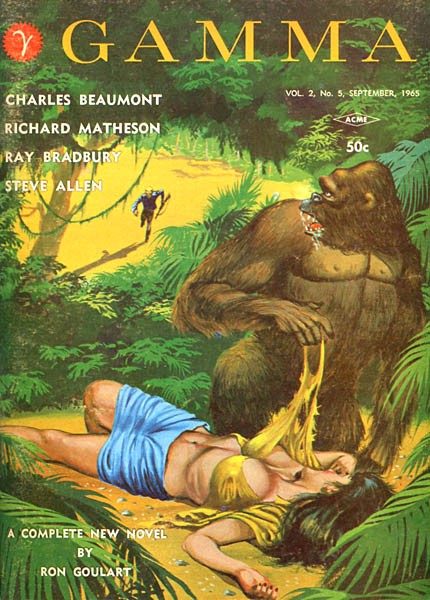
This terrible issue of Gamma starts as it means to go on with another lurid cover from John Healey. I had hoped the style from the last issue was just due to it being a special edition calling back to the 30s, apparently this is the direction the magazine is going, with it illustrating the lead novella.
John Healey himself is a talented artist apparently working on shows like Johnny Quest, so I more question the editorial choice than his skill.
Now, take a deep breath, and let us all work together to get through this issue:
Nesbit, by Ron Goulart
Taking up nearly half the magazine, the perpetually disappointing Ron Goulart returns as, apparently, the editors simply cannot resist his writing. Once again, I find my eyebrow raised at this assertion.
This novella follows an attempt to shoot a pilot for a “jungle series”. When the Hollywood lot turns out to be in use Tim McCarey goes to visit Vincent Belgraf’s estate, to convince him to let them use his transplanted jungle for the shoot. However, on arriving he cannot get ahold of Mr. Belgraf and the other residents tell him it is not for rent.
Tim believes something else is amiss and finds a gorilla running around the estate in a soldier’s outfit. It turns out that this is Nesbit Belgraf. After being attacked by his own private army he had his brain transplanted into that of a gorilla, so he will be strong enough to become emperor of the United States and battle the unseen forces secretly controlling everyone’s lives.
Whilst Tim does not agree with this fascist conspiracy-minded gorilla and his family, he agrees to help with his propaganda efforts in exchange for being able to use part of the jungle for filming. However, Nesbit is very emotional and has difficulty keeping his cool.
I have trouble working out what Goulart is trying to do with this piece. If it is a satire on fascism and right-wing conspiracy theories, it fails. For, apart from Nesbit being a gorilla, it feels more like a documentary piece, as I am fully aware of the existence of those who believe in Jewish-Communist conspiracies controlling the world. It never does anything to really contradict what the Brelgrafs say, nor even to particularly suggest that their plans to put all non-white people into concentration camps or exterminate them, is as horrific as it really is.
If it is trying to be just an adventure story, it also fails. Intelligent gorilla stories are two-a-penny in comic books but are usually mindlessly enjoyable. This is incredibly dull and padded, full of side details that another might make charming, yet Goulart makes unbelievably tedious.
I could imagine many interesting ways a more skilled writer could have taken this piece, but instead Goulart produces something truly dreadful.
An exceptionally low One Star.
Policy Conference, by Sylvia Dees and Ted White
Peter and The Chief meet in the latter’s office to discuss how they could improve “interregional relations” for their boss Old Nick (I offer no prizes for guessing who that actually is).
Whilst this story is more supernatural than science fictional it weirdly has the same conceit as the previous tale, of someone having to work on PR for a monster. It just helps highlight how unoriginal a concept this is. Mercifully, this one is very short.
One Star
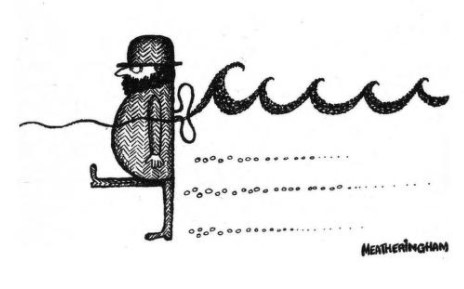
Auto Suggestion, by Charles Beaumont
Returning from the earlier issues of Gamma (publishing the best story in issue 1) The Twilight Zone writer brings a story of automobiles. Unfortunately, this is definitely not his best work.
Abnar Llewellyn, a nervous driver, suddenly finds his car talking to him and it encourages him to be a more aggressive on the roads. It also starts to interfere in other areas on Abnar’s life, asking out women for him and instructing him on how to commit crimes.
I have gone on record saying I am no lover of cars, and so tales like this generally leave me cold. However, even accounting for that, I felt the story was bad. It is painfully overwritten to the point of being juvenile:
A truck’s air horn began some car lengths away. A frightening sound, a terrible sound, like the scream of a wounded elephant, and it led other smaller cars to renew their anger, shrill now beneath the dump-truck’s might below, shrill and chittering, like arboreal creatures gone mad.
Even Lovecraft would probably tell him he needed to cut out some description!
It also ends up not doing anything particularly interesting, just being a story where the protagonist does unpleasant things and may or may not be insane.
One Star
Welcome to Procyon IV, by Chester H. Carlfi
This is not a new writer to these pages but, rather, another story by longtime editor Charles E. Fritch, contributing his 4th story to the magazine.
In this vignette, Jameson and his wife are the last people left alive on the dead world of Porycon IV, with humans having wiped out the natives and disease killing the rest of the human population. On his ancient radio Jameson hears a human expedition coming but when they come to in to his cabin they discover a terrible truth about Jameson’s wife.
This feels like a pale imitation of Ray Bradbury’s Martian stories. It is more competent than the previous two pieces in the magazine, but a lot remains heavily unexplained. Also including a genocide in one line without any further thought left a bad taste in my mouth.
One and a half stars
Interest, by Richard Matheson
Cathryn is to be married to Gerald Cruickshank, yet find his parents and their house terrifying. However, she cannot work out why that is.
As stated in the introduction, this is a Poe-esque tale, although the purpose of it escapes me. Feels more like a derivative work you would find in a bad fanzine.
One Star
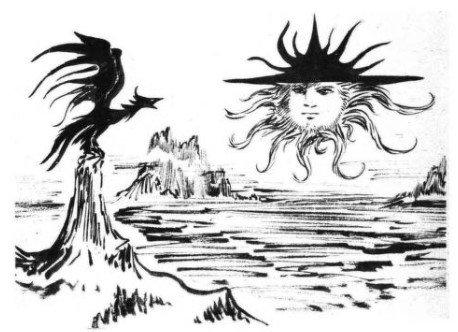
Lullaby and Goodnight, by George Clayton Johnson
In the aftermath of a nuclear war, an outpost of shelters is setup outside of an unnamed city. Our narrator (also unnamed) talks about the trouble Sarah Hartman is having with trying to keep her baby Adam alive in the radiation-soaked world.
This vignette marks a short foray into the New Wave from the usually conservative Gamma. It is not the best example, but the melancholic atmosphere raises it above the rest of the stories here.
Three stars
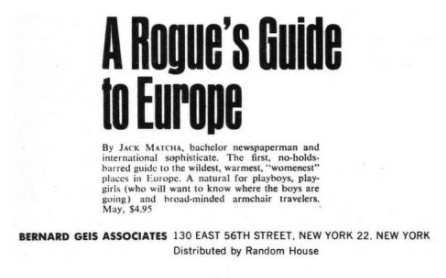
A Careful Man Dies, by Ray Bradbury
This is a reprint from New Detective Magazine from almost 19 years ago and, unfortunately, it shows.
It narrates the story of a haemophiliac author, named Rob, who keeps being sent sharp objects in the mail, in an attempt to stop his book from being published.
I know Bradbury is popular right now, but do we have to reprint everything he did in his early days? The truth is he has evolved as a writer and most of his work before 1950 is simply not that good!
This is not really a science fiction or fantasy piece, but I suppose it could be classified as uncanny horror. Unfortunately, it lacks anything interesting, it seems more like a sequence of unusual events, like reading someone’s disconnected nightmare.
The story is written in a pale imitation of Raymond Chandler’s hard-boiled style along with a second person narration. Whilst I do like experimentation this one fails for me.
Two stars
The Late Mr. Adams, by Steve Allen
Another reprint, this time from the publisher’s own collection, Fourteen for Tonight. This is my first experience with Mr. Adams' writings myself, although I hear he is big television personality in the United States.
This is a very silly life-story of a man who is always late. Really, that is all there is to it.
One Star
Wet Season, by Dennis Etchison
Etchison is generally a middling new writer. Shows promise but I am still waiting for a story that astounds me. Unfortunately, this is not it.
In a town there have been an unusually high number of drownings and the women seem to be acting strangely. At the same time rainfall levels are apparently increasing. After Madden’s daughter dies his Brother Bart comes to tell him of his suspicions.
Etchison really seems to like his Puppet Masters style stories and this is another one in that mold. I am willing to concede that it has a good atmosphere but that is all I am going to give.
A low two stars
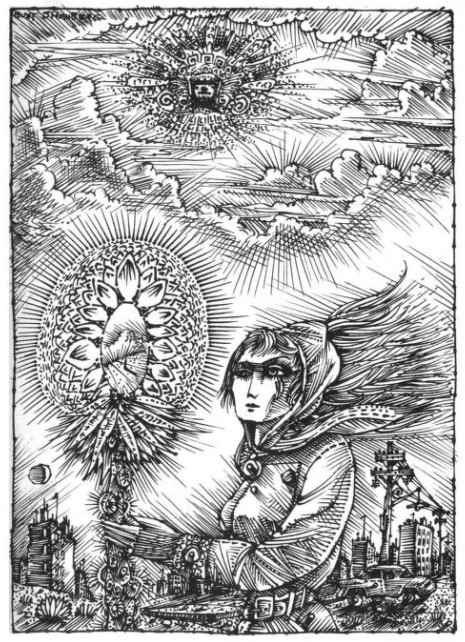
Summing Up
This issue of the magazine is truly terrible. Some stories are not as bad as the others, but it would be a stretch to say anything is actually good.
I am beginning to feel foolish that I took out a subscription from issue 2, as I have already paid for more of these. However, if the quality continues like this, I find it hard to imagine this magazine continuing much beyond that.
That's all for today, folks! Join us next month for another exciting Galactoscope!
and…
Our next Journey Show: At the Movies, is going to be a blast!
DON'T MISS IT!

![[September 22, 1965] Foul! (September Galactoscope)](https://galacticjourney.org/wp-content/uploads/2020/09/650922covers-656x372.jpg)


![[September 20, 1965] Unfinished Business (October <i>Fantasy and Science Fiction</i>)](https://galacticjourney.org/wp-content/uploads/2020/09/650920cover-672x372.jpg)



![[September 18, 1965] Disastrous! (<i>The Day the Earth Stood Still</i> and <i>When Worlds Collide</i>)](https://galacticjourney.org/wp-content/uploads/2020/09/650918s15-672x372.jpg)













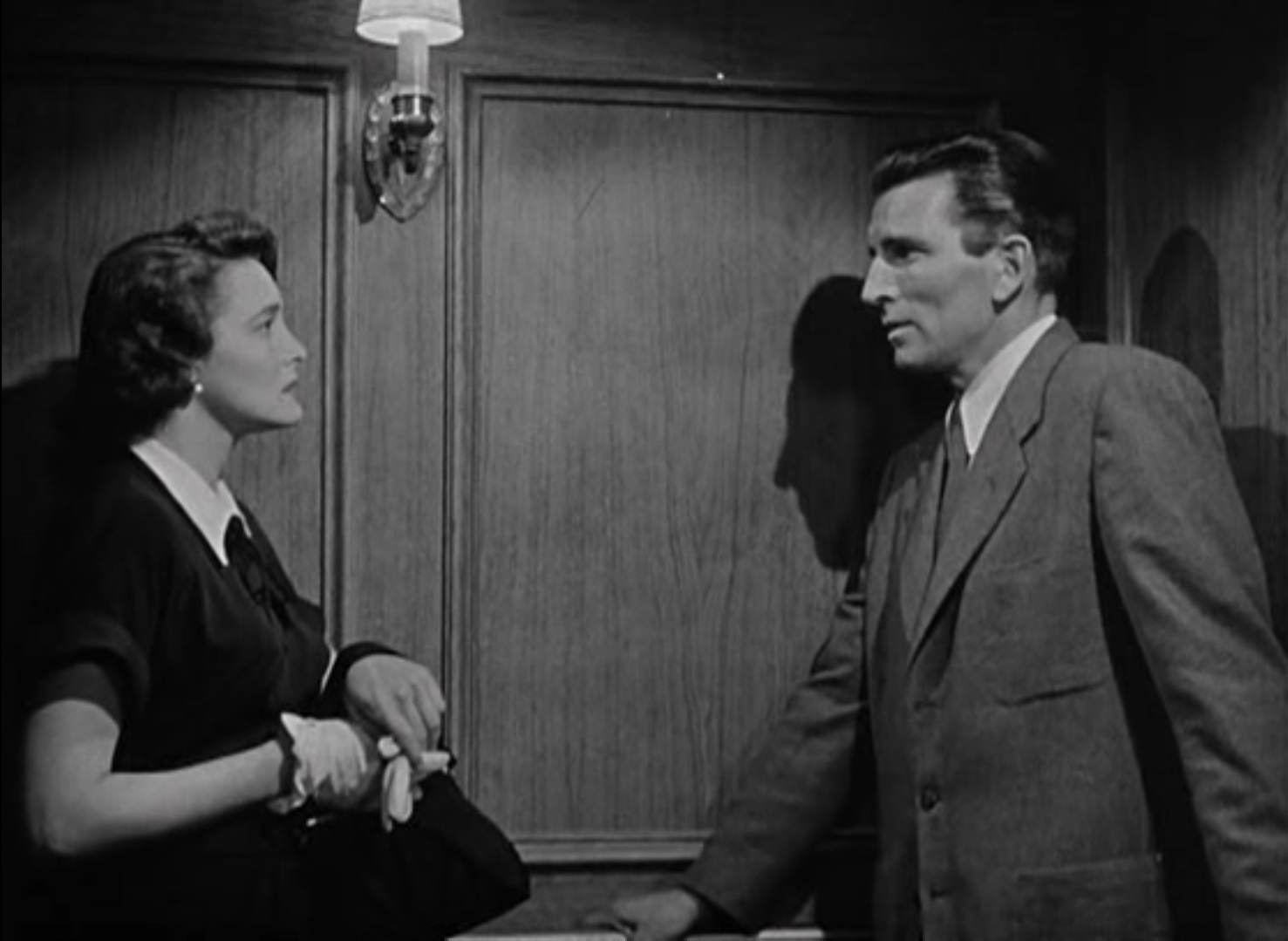





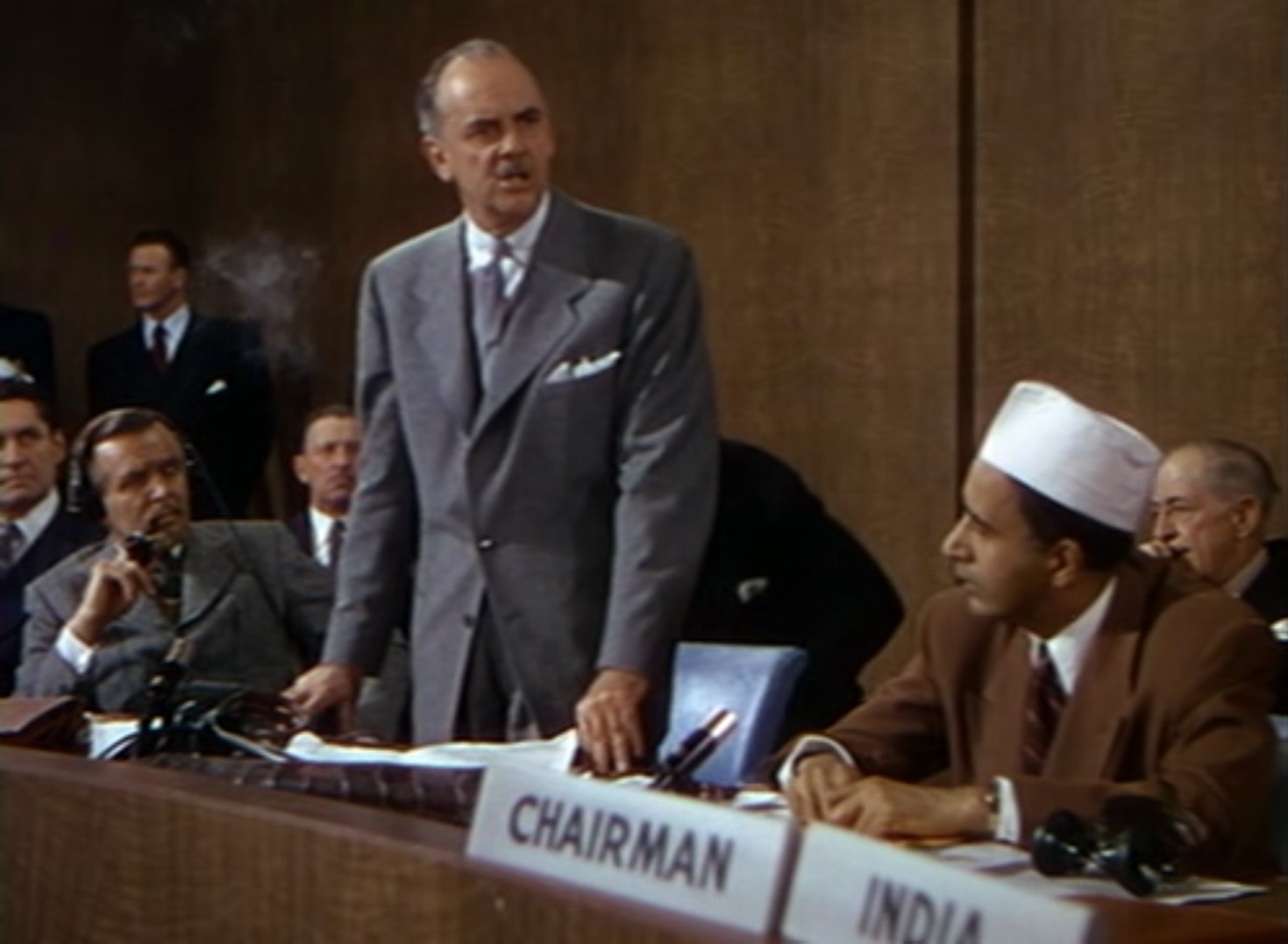










![[September 16, 1965] Blessed Are The Peacemakers (November 1965 <i>Worlds of Tomorrow</i>)](https://galacticjourney.org/wp-content/uploads/2020/09/Worlds_of_Tomorrow_v03n04_1965-11_0000-2-395x372.jpg)




















![[September 14, 1965] The Face is Familiar (October 1965 <i>Galaxy</i>)](https://galacticjourney.org/wp-content/uploads/2020/09/650914cover-551x372.jpg)








![[September 12, 1965] So Far . . . Well, Fair (October 1965 <i>Amazing</i>)](https://galacticjourney.org/wp-content/uploads/2020/09/amz1065-cover-497x372.png)


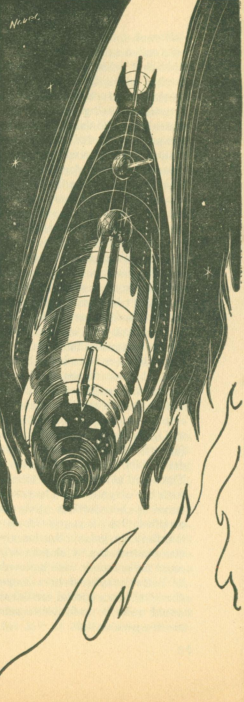
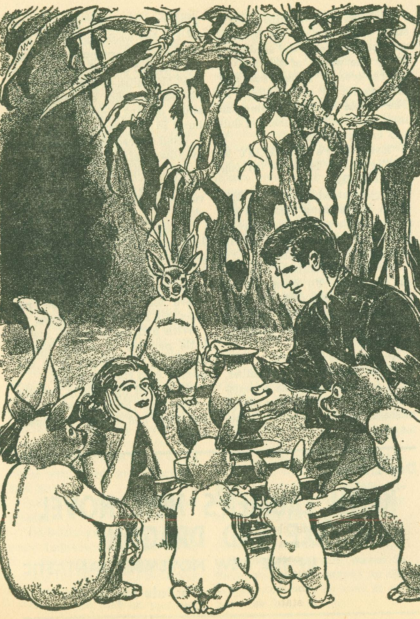

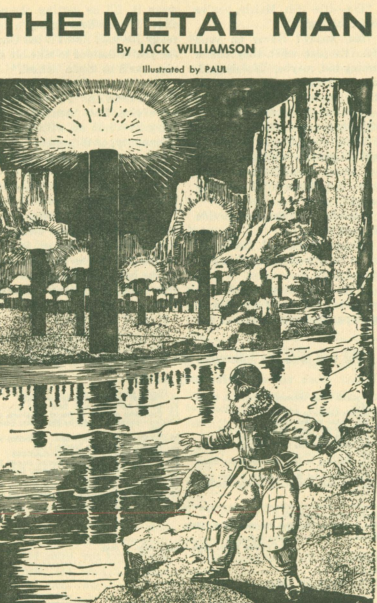
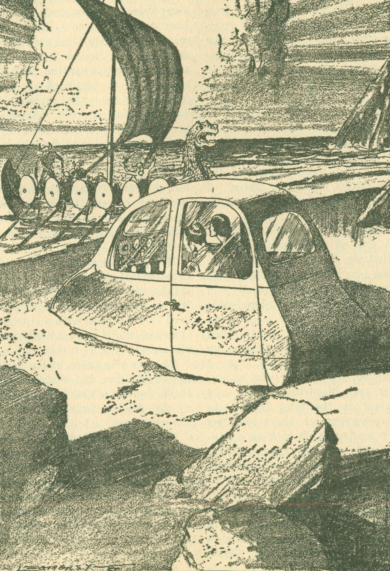
![[September 10, 1965] So Many Thews (Lin Carter's <em>The Wizard of Lemuria</em>)](https://galacticjourney.org/wp-content/uploads/2020/09/Cover-Wizard-of-Lemuria-672x372.jpg)
 width="150"/>
width="150"/>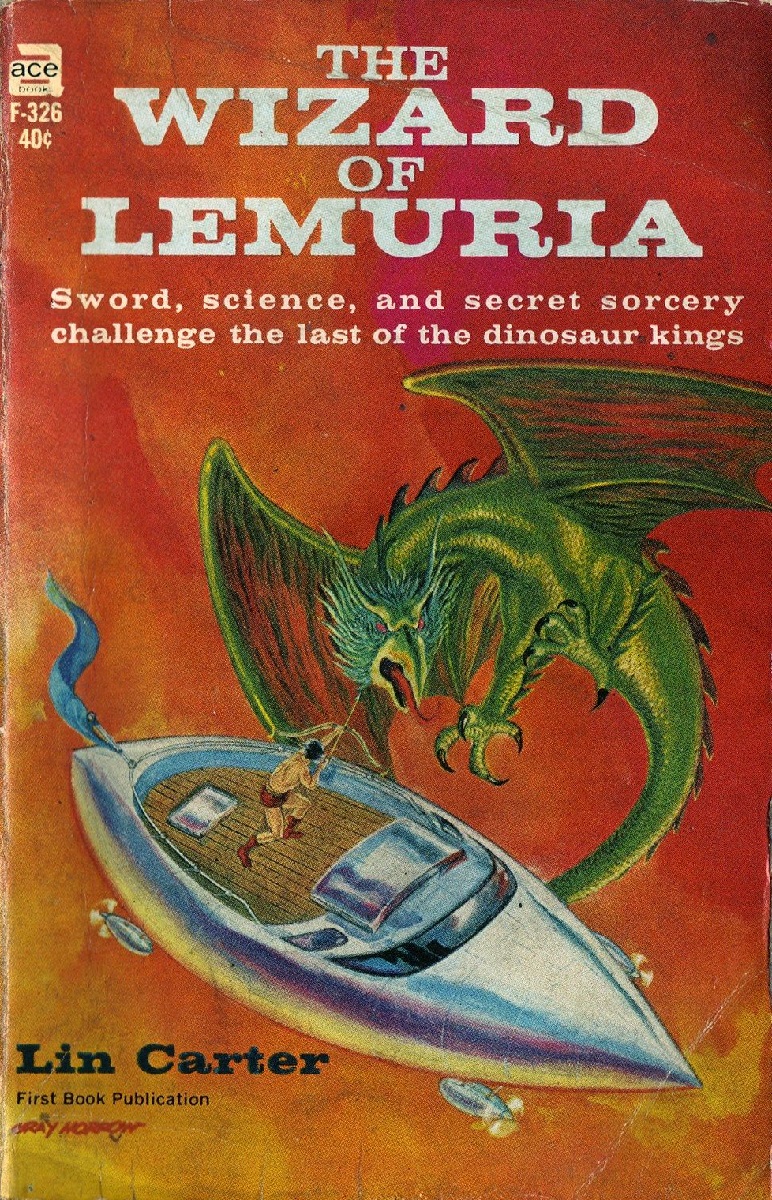



![[September 8, 1965] Still a Stranger in a Strange Land (<i>THE STRANGER</i> SERIES 2, AUSTRALIAN TV SF)](https://galacticjourney.org/wp-content/uploads/2020/09/The_Stranger-5.png)

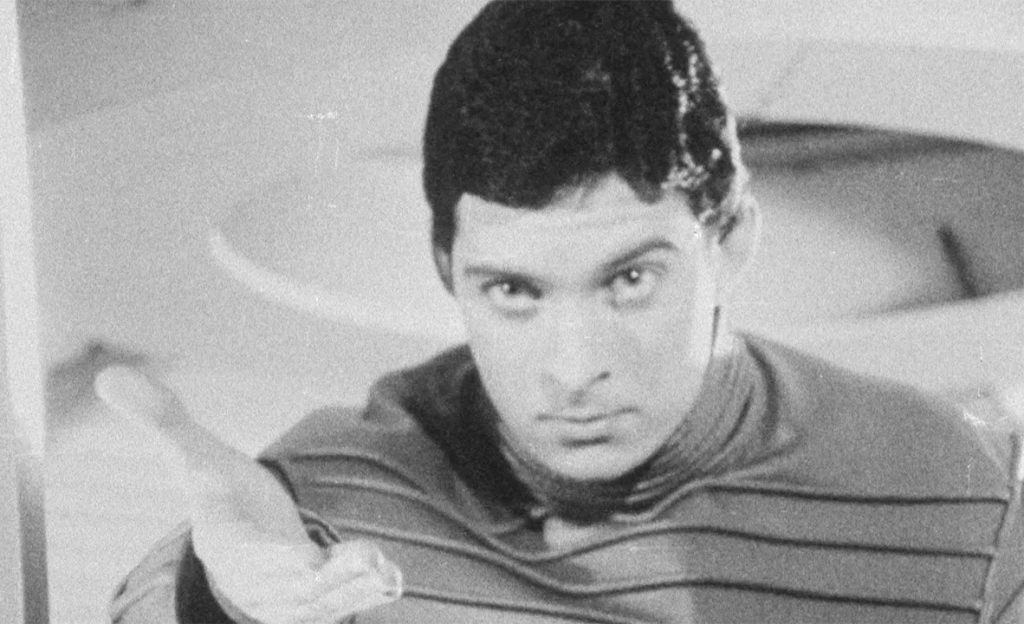








![[September 6, 1965] War and Peace (October 1965 <i>IF</i>)](https://galacticjourney.org/wp-content/uploads/2020/08/IF-1965-10-cover-657x372.jpg)





![[September 4, 1965] Doctor's Orders (Review of "A Doctor in Spite of Himself")](https://galacticjourney.org/wp-content/uploads/2020/08/Moliere.jpg)

